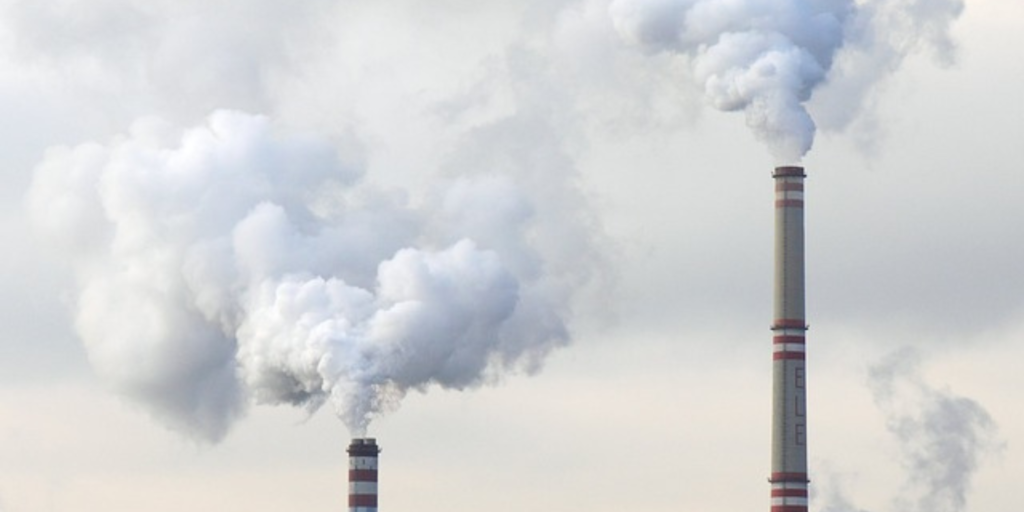
Right now, everyone is talking about their high and rising energy bills. Russia’s brutal invasion of Ukraine is a major reason why people’s energy bills are rising, but it’s not the only culprit.
Here’s four things you need to know about what’s really going on with power prices in Australia.
1. Switching to renewable energy will permanently drive down power bills and keep them lower but we don’t have enough of it yet
The Australian Capital Territory is already sourcing 100% renewable electricity, and power prices actually went down there at the same time that power prices were rising in all other states and territories. The same thing has been experienced in other parts of the world. When the International Energy Agency analysed power prices during 2022 following Russia’s illegal invasion of Ukraine, it found: “higher shares of renewables were correlated with lower electricity prices”.
The faster we move towards renewable electricity powered by the wind and sun (which is effectively free fuel), the sooner households and businesses will benefit from more affordable power bills. Importantly, we can do this in a way that improves the security and reliability of our power system by backing up renewables with storage options like pumped hydro and batteries. Just like we access water at home when it doesn’t rain, storage for renewable energy will mean the lights will stay on and the beers will stay icy cold in the fridge even when the sun isn’t shining and the wind isn’t blowing.
Want to reduce your power bills right now? Households can save up to $1,900 a year on their power bills by switching from gas appliances to electric ones. Check out our Switch and Save report and use the quick, easy online calculator to figure out how much you could be saving today by making the switch.
2. Australia’s energy system relies too heavily on expensive fossil fuels
While we are adding renewable forms of electricity, like solar and wind power, at record rates the majority of Australia’s electricity still comes from coal- and gas-fired power stations. The price of coal and gas has gone through the roof in 2022 because of an international shortage of these fuels.
Average wholesale gas prices per gigajoule have more than quadrupled from about $6 in 2020-21 to more than $25.50 this year. This has jacked up the operating cost for gas power stations, which has in turn caused average wholesale prices to jump from $134 per megawatt hour in the second half of 2021 to as much as $330 at the same time in 2022.
Coal prices were sitting at roughly $75 per tonne in 2021 but shot up to over $370 per tonne in 2022. Just like gas, this has flow-on costs for coal-powered stations, which have experienced price spikes from $61 per megawatt hour in 2021 to as much as $230 at times this year.
As long as our energy system continues to rely on fossil fuels that
are bought and sold as international commodities, we will remain at risk
of sudden and unexpected spikes in power prices. Alternatively, once
built, the wind and sun provide energy consistently for free,
forever.
3. Gas corporations are war profiteering
The war in Ukraine is great business for gas corporations, which are making super profits off the back of the conflict.
Australia has vast reserves of gas to power our homes and businesses, but roughly six times more gas is set aside for export than what we use in our homes. In fact, Australia is the largest gas exporter in the world and 80% of all Australian gas is sent overseas.
Throughout 2022, gas corporations have been charging Aussie businesses and households the same sky-high international prices for the fuel that comes from our own backyard. It should be no surprise, then, that the profits for a big gas corporation like Santos have tripled over the past year while they’ve barely increased their production.
Australia has access to more than enough gas to affordably power our country, while we make the permanent switch to an electricity system that’s powered by renewables like solar and wind, backed by storage.
Gas corporations are trying to send as much gas as they can offshore because that’s how they maximise profits. Oh, and just to sweeten the deal, major gas corporations like Woodside Petroleum and Santos that made billions of dollars managed to pay no income tax whatsoever in Australia. That’s right – zip, nada, zilch.
4. Our energy infrastructure is decrepit and generators need replacing
The coal-fired power generators that currently supply the majority of Australia’s electricity are outdated. The oldest – the Liddell Power Station in the Hunter region of New South Wales – is now more than 50 years old. No matter what kind of power generation we replace them with, many of these power stations have to be replaced over the coming decade because they’re not safe or efficient to run.
Ideally, we would have already had the capacity we need in place before they started breaking down, but sadly there was poor planning and investment made at a federal level throughout the past decade. The next best time to get on with it is now.
Since we’ll be replacing them anyway, it makes sense to do so with the cheapest form of power, which CSIRO says is solar and wind backed by storage. Not only that – but it will keep getting cheaper and no one can stop the sun from shining or the wind from blowing.
We need to plan ahead, and invest in the things that will permanently bring down power prices. Rapidly adding more renewable energy and storage so that it’s ready to step up as more coal exits is the best way of doing this over the long-term.
Culled from climatecouncil.org





No comments:
Post a Comment